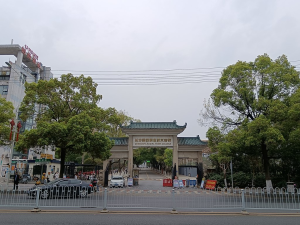Establish conflict causes
This learning outcome covers: Causes of conflict, characteristics of community conflicts, development of assessment tools on causes of conflict, administration of assessment tools, documentation of findings, analysis of findings and report writing and dissemination of information to relevant stakeholders.
1. Assessment tools for both primary and secondary data sources
1.1. Characteristics of conflict in the community
It is a universal process found in every society
The result of deliberate and conscious efforts of individual of groups
Conflict is a brief duration, temporary and intermittent
Conflict is inevitable. It is everywhere it develops because we are dealing with people‟s lives, jobs, children, pride etc.
Perception is conflict. We all have different perceptions and views. What we perceive and think affects our behaviours, attitudes and communication
Interdependence and interaction. Without interdependence there are no interaction conflict occurs when there is some kind of interaction that takes place
Types of assessment tools
a) Questionnaires. These are written questions that are given to the conflicting parties in relation to the conflict at hand.
b) Interview. It‟s a one on one question and answer session that helps the conflict manager get information.
c) Sampling method. Cluster sampling is collecting data in groups of people who are in the same religion.
d) Observation. Where the conflict manager get to listen and observe the character and attitude of the parties in conflict and comes up with a decision based on the observation made.
